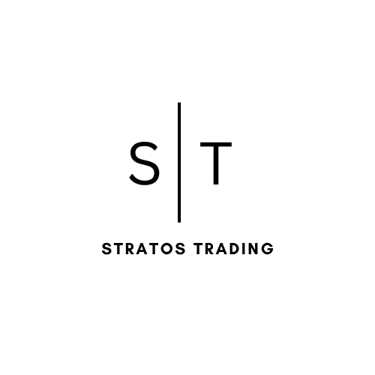Aviation Fuel Trade – The Future of Jet A1 & Sustainable Alternatives
The aviation industry is changing fast, and Jet A1 fuel traders must adapt to new challenges and opportunities. ✔ Rising global demand for air travel is increasing Jet A1 fuel consumption. ✔ Supply chain disruptions are causing price volatility. ✔ Sustainable aviation fuel (SAF) is emerging as an alternative—but is it a real threat to Jet A1? In this article, we’ll explore where the Jet A1 market is heading and how fuel traders can profit from aviation’s evolving landscape.
Stratos Trading
9/29/20252 min read


1️⃣ Global Jet A1 Market Trends & Demand Growth
✈️ Increasing Air Travel Driving Fuel Demand
🔹 Post-pandemic recovery: Global flight volumes are rising, pushing Jet A1 consumption higher. 🔹 Asia & Middle East growth: Expanding aviation markets in China, India, and the UAE are driving fuel demand. 🔹 Cargo & private aviation boom: E-commerce and private jets are increasing demand for high-quality aviation fuel.
📊 Forecast: ✅ Jet A1 demand is expected to grow by 3-4% per year over the next decade. ✅ Fuel shortages in some regions could create profitable arbitrage opportunities.
🚀 Trading Insight: Traders who secure Jet A1 supply contracts now will benefit from long-term price stability as demand increases.
2️⃣ Supply Chain Challenges Impacting Jet A1 Trade
🚢 Supply Chain Disruptions & Rising Costs
🔹 Refinery production issues – Jet A1 is produced alongside diesel & gasoline, meaning refinery shifts impact supply availability. 🔹 Shipping constraints – Red Sea & Suez Canal disruptions are causing delivery delays. 🔹 Freight cost spikes – Aviation fuel transportation costs have risen by 20% in high-risk regions.
✅ How to Overcome These Challenges: ✔ Diversify suppliers across multiple refineries & regions to avoid bottlenecks. ✔ Secure long-term freight contracts before price hikes. ✔ Use regional storage hubs to maintain buffer stocks.
🚨 Case Study: In 2024, Jet A1 fuel prices surged by 25% in Europe due to supply chain disruptions. Traders who had secured inventory early made huge profits as prices climbed.
3️⃣ The Rise of Sustainable Aviation Fuel (SAF): A Threat or Opportunity?
🌱 What is SAF & Why is it Gaining Attention?
🔹 Sustainable Aviation Fuel (SAF) is made from biofuels, waste oils, and synthetic sources. 🔹 Governments are pushing airlines to reduce carbon emissions, increasing interest in SAF. 🔹 Regulatory mandates in the EU & U.S. are forcing airlines to blend SAF with Jet A1.
📊 SAF Market Outlook: ✅ SAF production is expected to grow 5x by 2030, but supply remains limited. ✅ SAF is currently 2-3 times more expensive than Jet A1, making full adoption difficult.
🚀 Trading Insight: ✔ Jet A1 will remain dominant for years—SAF is not yet a full replacement. ✔ Hybrid fuel contracts (Jet A1 + SAF blends) could be a new business model for traders.
🚨 Real Case: In 2024, only 0.5% of aviation fuel used was SAF, showing that full replacement is still decades away.
4️⃣ How Jet A1 Traders Can Stay Competitive in the Changing Market
✅ Lock in long-term Jet A1 contracts – Demand is growing, and securing supply now can protect against price volatility. ✅ Explore SAF trading options – Some airlines want blended fuel contracts—early movers can gain market share. ✅ Optimize logistics & storage – Fuel shortages will create profitable arbitrage opportunities for those with strategic storage. ✅ Monitor regulatory changes – Governments may introduce new SAF blending mandates, affecting market pricing.
🚀 Pro Tip: Traders who offer both Jet A1 & SAF solutions will gain a competitive edge over those who only focus on conventional aviation fuel.
Final Thoughts: The Future of Jet A1 & SAF in Aviation Trading
📌 Key Takeaways: ✅ Jet A1 demand will continue to rise, driven by global aviation growth. ✅ Logistics disruptions & refinery shifts will create price swings—traders must stay ahead of market shifts. ✅ SAF will grow, but Jet A1 will remain dominant for at least the next decade. ✅ Traders who adapt early to SAF integration will gain long-term business advantages.
📌 Final Thought: Jet A1 is here to stay—but those who prepare for SAF now will lead the next wave of aviation fuel trading.
